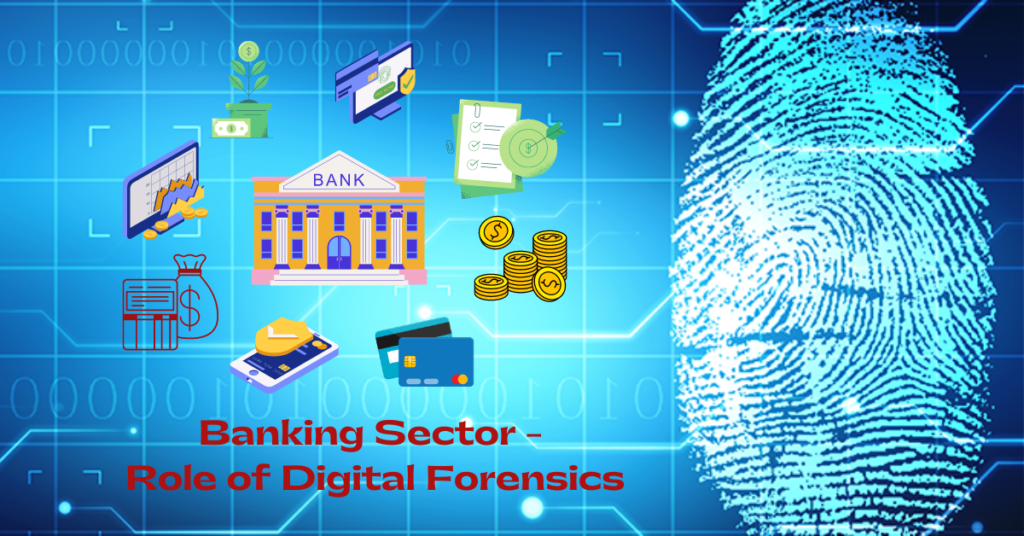Introduction
The banking sector has become increasingly reliant on information technology, making it vulnerable to cyber threats and financial crimes. The rise of digital transactions and the interconnectedness of financial systems have created new challenges that require innovative solutions. That’s where digital forensics comes in. This blog post explores the role of digital forensics in the banking sector, highlighting its importance in ensuring cybersecurity, combating financial fraud, and safeguarding customer data.
Cybersecurity and Prevention of Data Breaches
The numerous data breaches and cyber-attacks reported in recent years highlight the critical need for robust cybersecurity measures within the banking sector. Digital forensics plays a pivotal role in preventing and investigating such incidents. By identifying vulnerabilities in the banking network, digital forensic experts can recommend and implement cybersecurity protocols to protect against potential threats. These protocols include intrusion detection systems, encryption techniques, real-time monitoring, and incident response plans. Additionally, digital forensics helps banks identify the source and nature of attacks, enabling them to prosecute perpetrators and prevent future breaches.
Fraud Detection and Investigation
The banking sector is an attractive target for fraudsters, as it holds significant financial resources. However, digital forensics has emerged as a powerful tool in detecting and investigating financial fraud. Through advanced analytics and data mining techniques, digital forensic experts can identify patterns and anomalies in transactional data that may indicate fraudulent activities. By combining transactional data with other sources of information, such as customer profiles and behavior analysis, digital forensics can create a comprehensive picture of potential fraud cases.
Digital forensics also plays a crucial role in tracking and recovering stolen funds in the event of a fraud. By analyzing digital evidence, such as email trails, log files, and network activity, investigators can trace the flow of funds and identify the individuals involved in the fraud scheme. This information is invaluable in building a legal case against the perpetrators and assisting law enforcement agencies in apprehending them.
Customer Data Protection
With the increasing digitization of banking services, the protection of customer data has become a primary concern for banks. Digital forensics helps banks in ensuring the security and privacy of customer information. Forensic experts can conduct thorough investigations to determine if a data breach has occurred, identify the extent of the breach, and assess the impact on customer data. They can also assist in implementing adequate security measures to prevent future breaches.
Moreover, digital forensics can aid in data recovery in the event of a data loss or system failure. By analyzing backup files, server logs, and other digital evidence, forensic experts can help banks retrieve lost data and restore normal operations.
Conclusion
As the banking sector continues to embrace digitalization, the importance of digital forensics cannot be overstated. By ensuring cybersecurity, detecting and investigating financial fraud, and safeguarding customer data, digital forensics plays a crucial role in maintaining the integrity and trust of the banking sector.
